Disaster Reduction Project and Model Project for improving residents’ awareness of health and hygiene in the Ayeyarwady river delta funded by FY 2018 Grant Assistant for Japanese NGO project
2019.9.26 Thu 11:24


Interim Report
BHN is conducting support activities in Ayeyarwady Region, Myanmar after selected for FY 2018 Grant Assistant for Japanese NGO project (note) managed by Ministry of Foreign Affairs (MOFA) of Japan. We would like to share the project progress.
Myanmar’s southern delta area was hit by a huge cyclone, Nargis, in May 2008. More than 138,000 people were killed and missing. As a factor that caused the damage, there was a low awareness of disaster prevention among people and public sectors, and the lack of disaster prevention infrastructure such as alarm systems and shelters was not developed, and it was said that information transmission systems were urgently required especially in rural areas.
For this reason, in November 2008, BHN started installing a speaker-based information transmission system (Community Addressing System, CA System for short) with own fund. The support project has been established as the Grant Assistant by MOFA through own funded project and Japan Platform Grant project, and the CA Systems were installed in 243 villages by 2018. 20 systems were built in 2019 and the total number of the system reaches 263. The CA system is used not only for alarms in the event of a disaster, but also for delivering community information and broadcasting weather forecasts, and it is useful for the daily life of the residents. In order to ensure that the CA system is used as long as possible, BHN holds workshops to discuss how to use and maintain them.
In addition to supporting the improvement of disaster prevention capabilities through the CA System, we have been establishing hazard maps and training on disaster prevention since 2016. Hazard maps were created for each village, showing hazardous areas, evacuation areas, evacuation routes, etc. 30 hazard maps were installed in 2019, and a total of 112 villages have hazard maps now. These activities are conducted in partnership with SEEDS Asia, a Japanese NGO.
In providing disaster prevention support through the CA system, it was found that residents were still less aware of health and hygiene and that it was very difficult to have medical services. Because the area has low wetlands, moving from village to town is mostly by boat, and with only a small number of clinics in town, it takes a day or two to see a doctor. Therefore, it is very important for residents to improve their knowledge of health and hygiene and prevent diseases. For this reason, we have been working to improve health awareness of residents since 2018. In this program, BHN selected model villages (20 villages in 2018, 20 villages in 2019), and conducted a survey of the health status of the village. Based on the survey result, health messages are broadcasted through the CA system. BHN also provides health and hygiene guidance to residents at meeting places in model villages. In these activities, BHN have collaborated with PHF (People’s Health Foundation), an NGO in Myanmar.
The project started in December 2018 and activities go well to date. We will continue to make efforts to improve the disaster prevention capabilities and health awareness of residents in Ayeyarwady Region toward December 2019, the end of the project period.
Note: Grant Assistant for Japanese NGO project is a fund which the Ministry of Foreign Affairs of Japan provides for economic and social development projects conducted in developing countries and regions by Japanese international NGO.
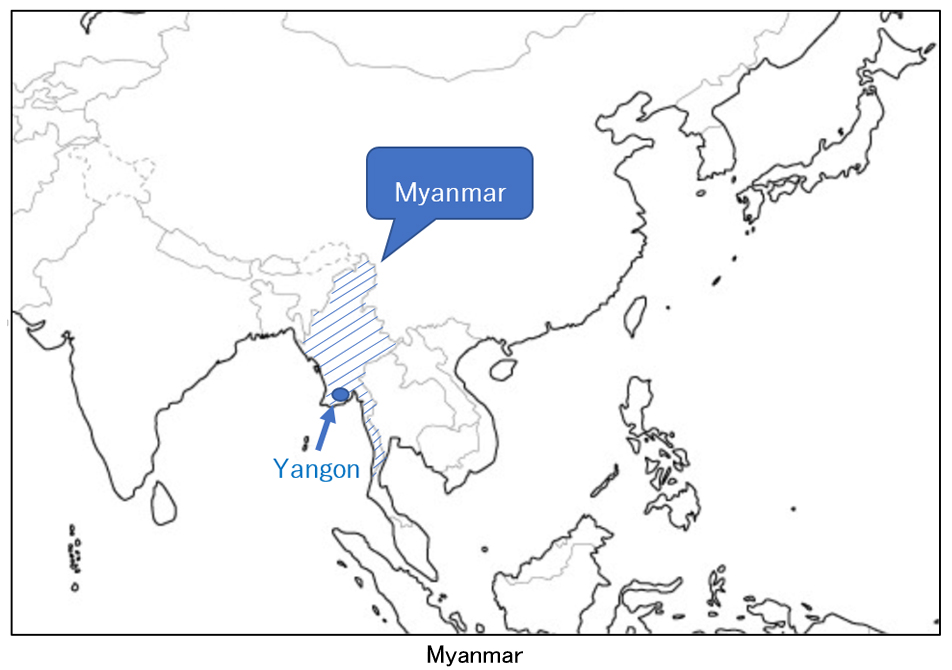
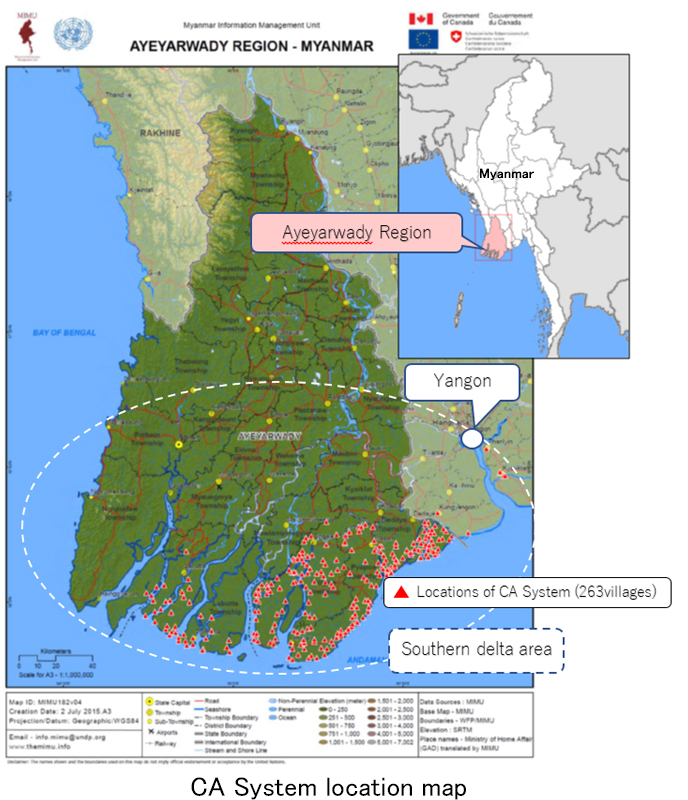
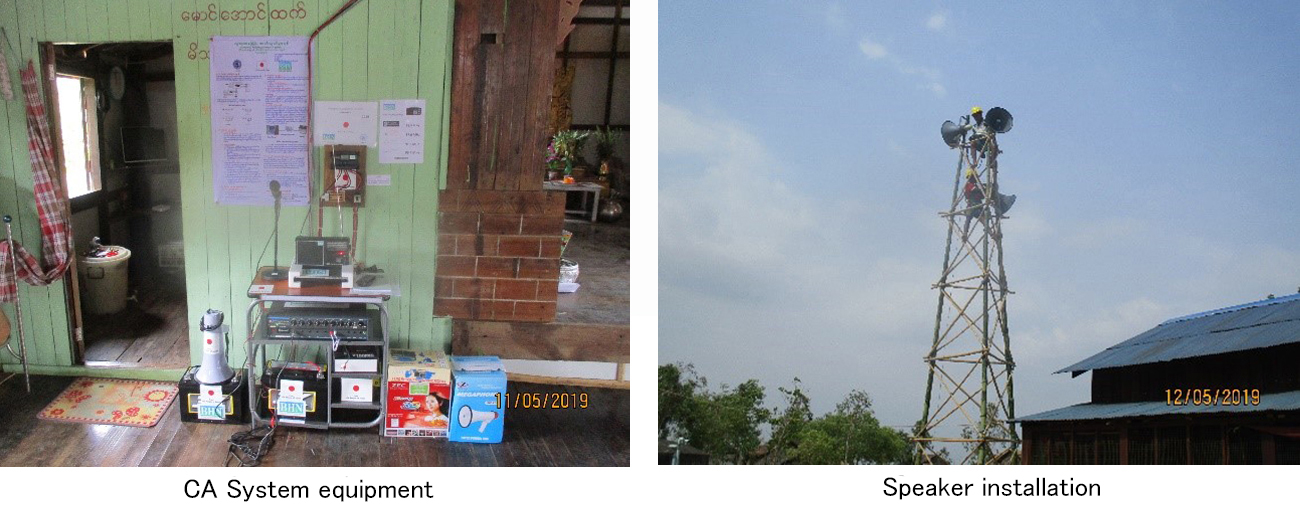
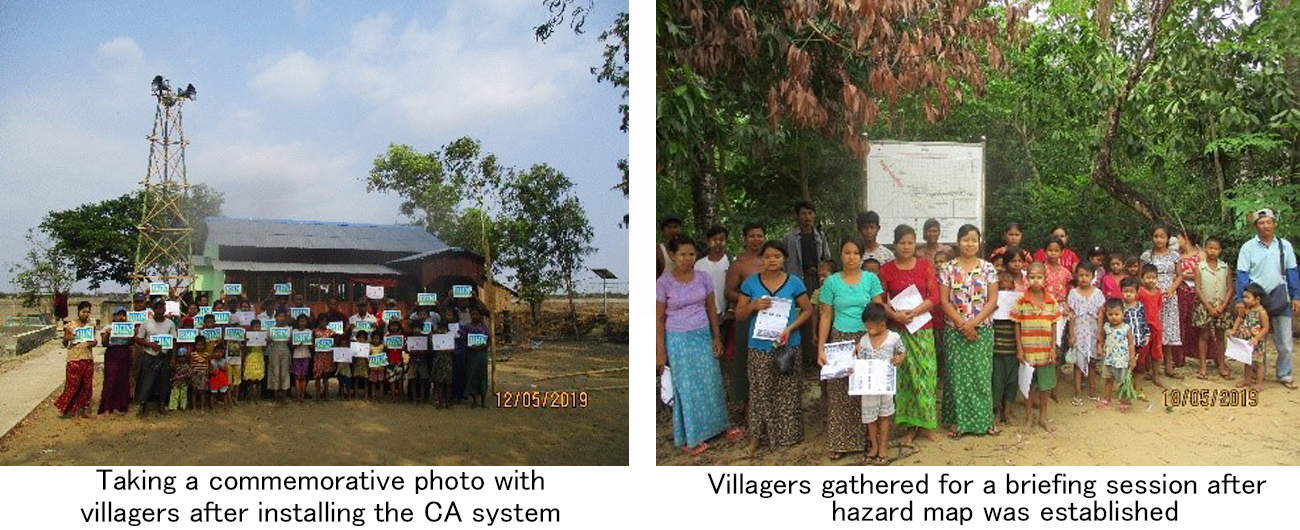
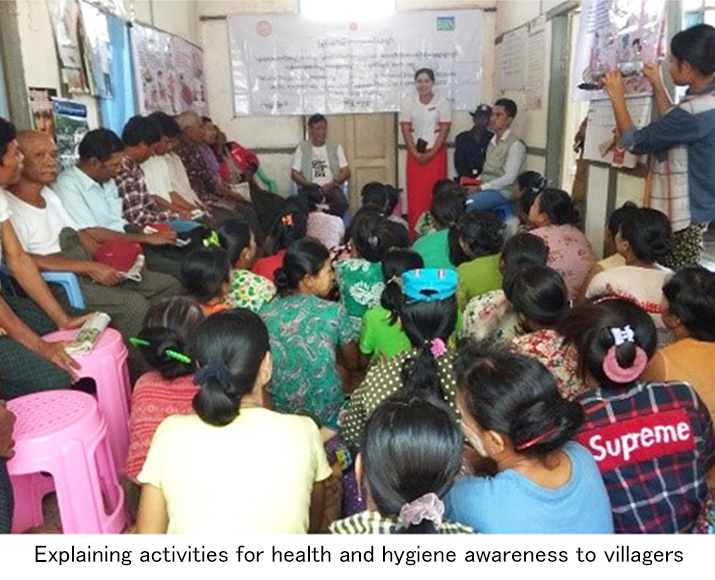
Councilor Kanji Katakami
